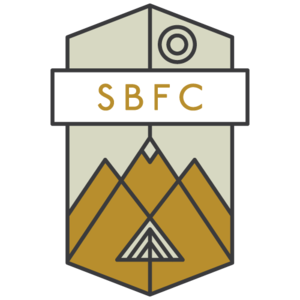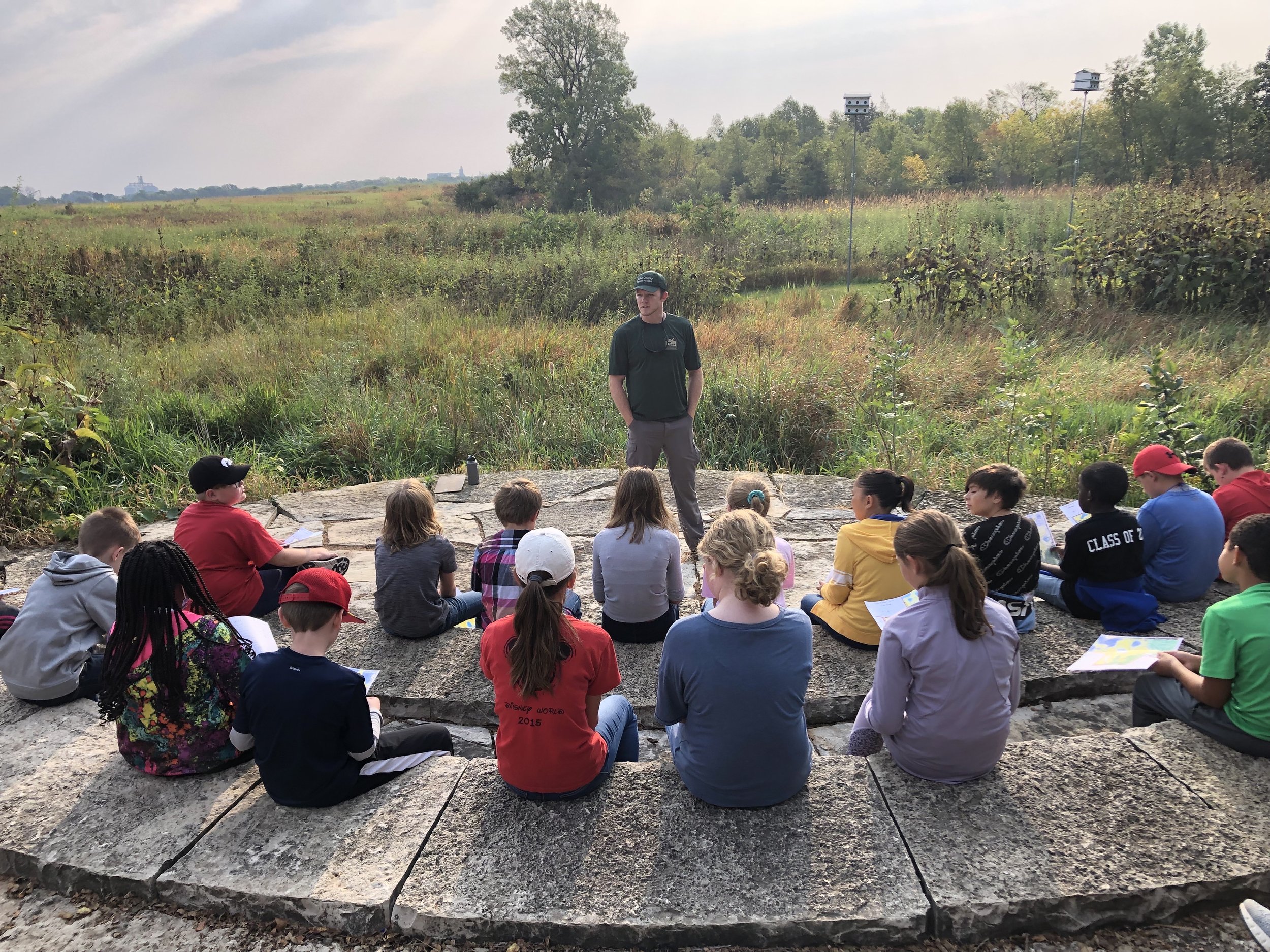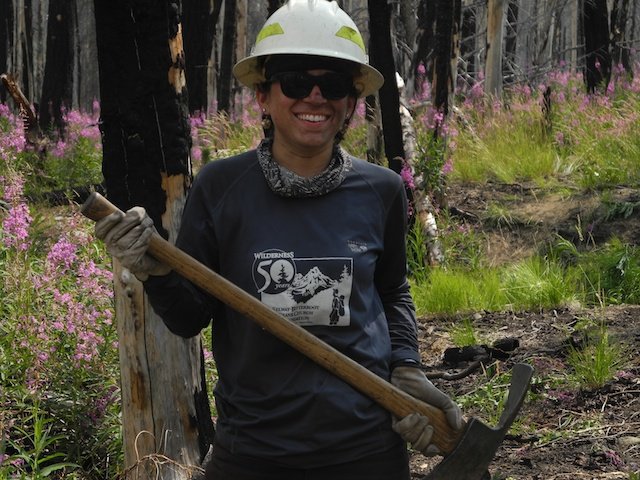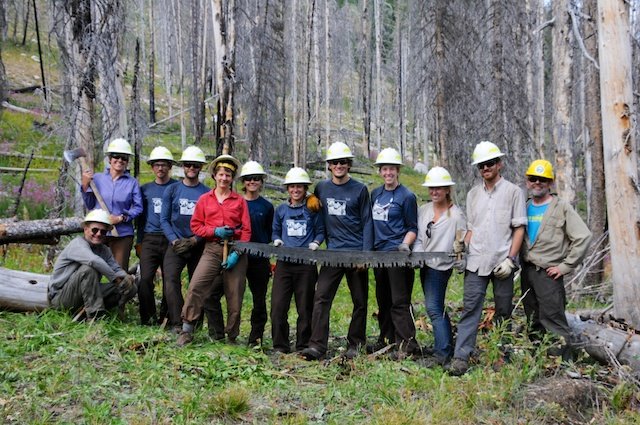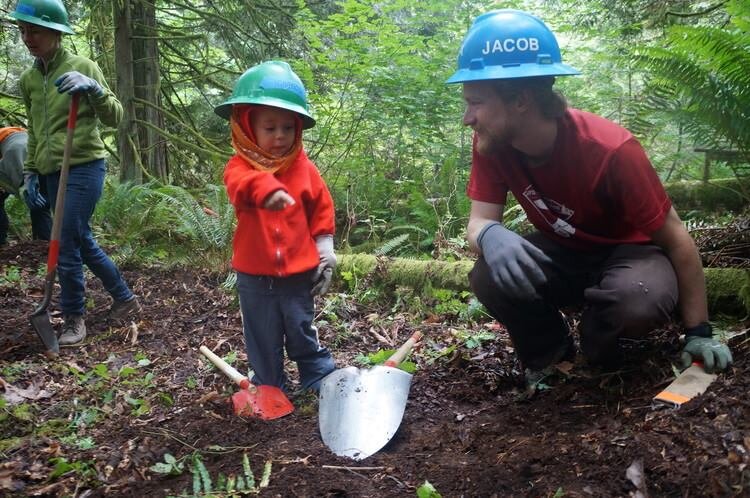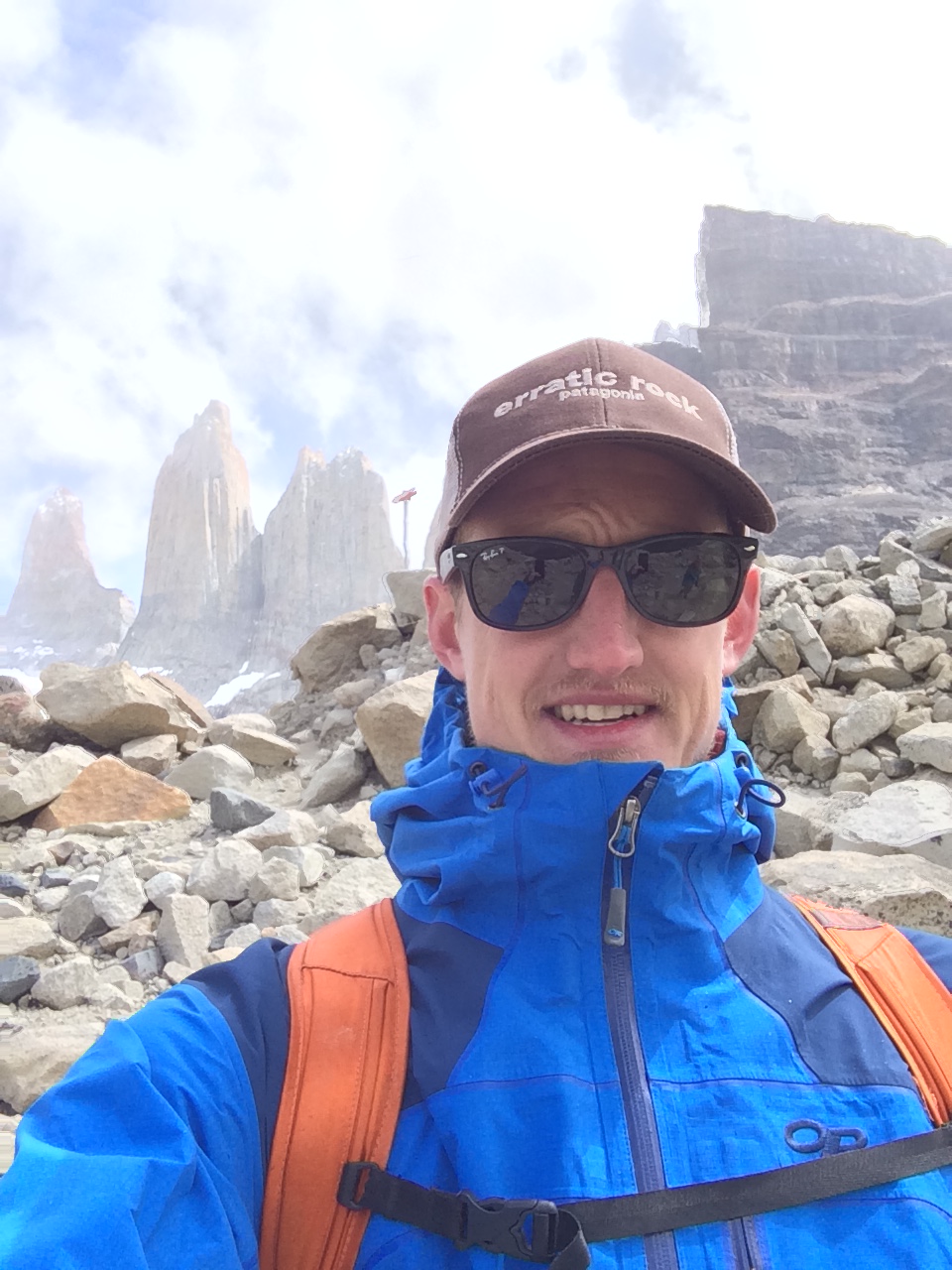Jaime working as an SBFC Wilderness Ranger Fellow in 2021
Name: Jaime Breisch (2021 Wilderness Ranger Fellow)
College Credentials: University of Montana- Parks Tourism & Recreation Management (Graduated 2021)
Career path since the Wilderness Ranger Fellowship:
After SBFC, Jaime got a trails job working at Rocky Mountain National Park for the summer of 2022. While at Rocky, she did a lot of rock work and learned about navigating the National Park job system and the opportunities at different parks.
Following her time at Rocky Mountain National Park, she landed a term position at Joshua Tree National Park, which is where she works today. She loves the small team that she’s part of and has a great supervisor who encourages a lot of cross-training. Last year she took a detail position at Cabrillo National Monument in San Diego and was part of the construction of a brand-new trail! She recently did a training with Grand Teton National Park on historic preservation, and is currently on a work exchange with Kings Canyon National Park, doing trail work there.
Next up, Jaime is heading to Iceland later this summer to volunteer with the Icelandic Forest Service on trail projects for 6 weeks.
Jaime working in Rocky Mountain National Park
Jaime in Joshua Tree National Park
Lessons learned with SBFC:
Jaime learned to trust herself. Before working with SBFC, she hadn’t done anything as physically demanding (both the trail work and the backpacking portion of the job!). She shared a story of leaving behind her creek-crossing shoes on her first hitch, as she was trying to shed all extra weight so that she wouldn’t fall behind. That ended up being the only hitch of the whole summer with multiple creek crossings! Her crew lead reminded her that while this work is important, taking care of ourselves and each other is even more important.
Her time with SBFC taught her that she could keep up and helped her build the confidence and strength to work and live in the backcountry/wilderness.
Most memorable experience(s) as a Wilderness Ranger Fellow?
The final hitch! Jaime and her crew flew into Cold Meadows Guard Station in the Payette National Forest (Frank Church Wilderness) to clear a trail that hadn’t been worked on in years. The trail had burned and trees were jackstrawed all over the place. They had to pack in their own water, as the one source (a spring) was buried 6 feet under fallen trees. Their first night on the trail, finding a place to camp was becoming increasingly difficult amongst all the fallen trees. They finally found a suitable spot and set up their tents just in time for a huge thunderstorm to reach them. Jaime remembers laying in her tent hearing trees fall nearby and hoping that she and her crewmates would all be okay come morning (they were!).
Jaime with the cheesecake in the Frank!
This intense moment was juxtaposed with a magical moment a few nights later: the crew was camped out at Cold Meadows Guard Station and were eating a luxurious no-bake oreo cheesecake (out of a real pie pan that they found at the guard station!). They heard eerie noises and figured out that it was a few sandhill cranes calling and flying in the meadow below them. Jaime remembers sitting outside the cabin, eating dessert, listening to the cranes, taking in the view, and thinking: this is a moment I will never forget.
Unique item in her pack:
A yo-yo! And a pen and notebook, from my SBFC days!
